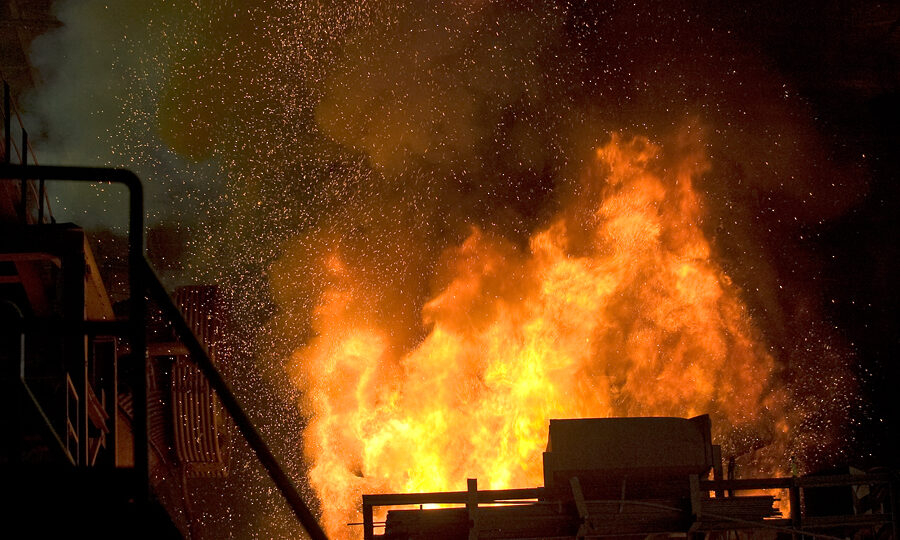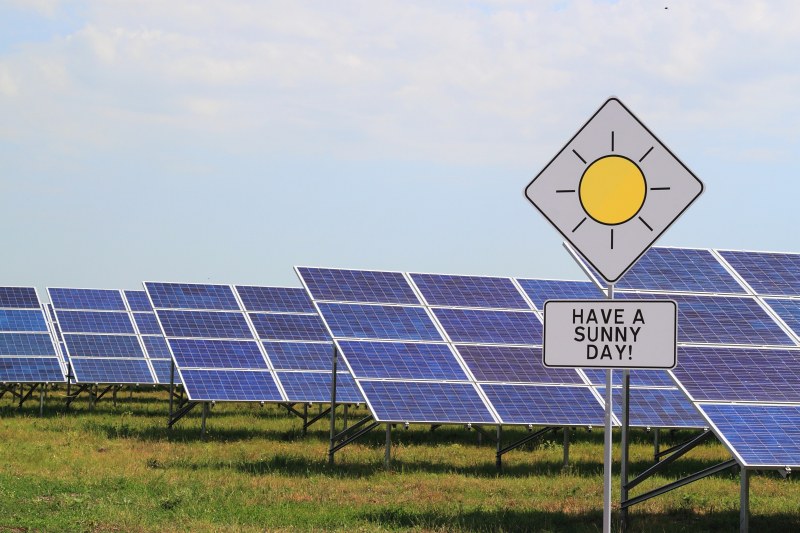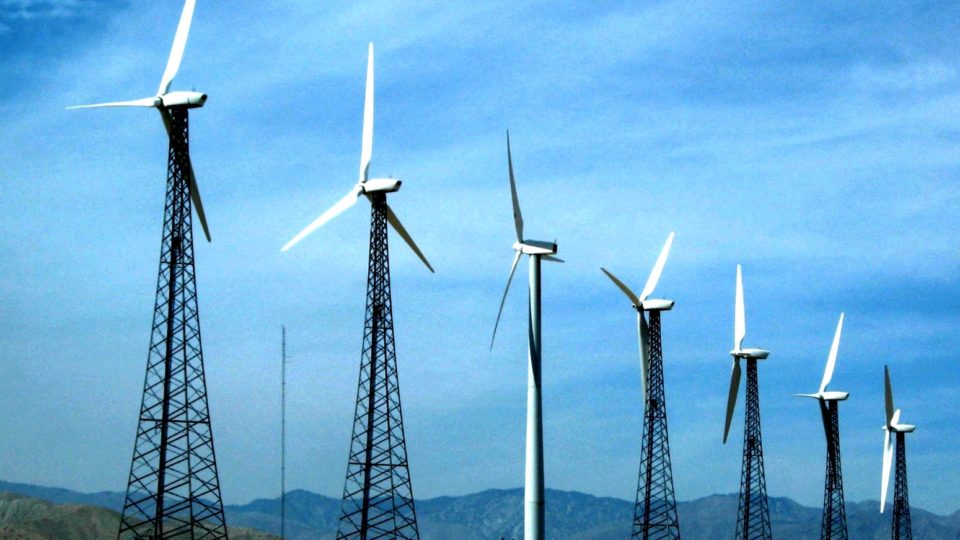Steel was first made thousands of years ago. The discovery that heating up iron ore in a hot enough charcoal fire could purify the iron into a strong and valuable material was the start of the Iron Age. In many ways, things have changed very little since then.
Global iron and steel production accounts for 7% of society’s carbon emissions. Making steel generally involves burning coal in a blast furnace to produce the very high temperatures required to turn iron into steel. The coal is used both as a feedstock and as a fuel. Steel is made from iron and a substance called coke, which is basically coal that has been carbonized at high temperatures. Coal itself is burned to provide the high temperatures needed.
A new analysis from the Global Energy Monitor think tank shows that the global steel industry is slowly embracing electric-arc furnaces to produce the necessary heat, which is a cleaner alternative. The analysis found that 43% of forthcoming steelmaking capacity will rely on electric-arc furnaces, up from 33% last year.
According to the study, the shift to cleaner steel is not happening fast enough. To meet the emissions reductions goals of the Paris Climate Agreement, electric-arc furnaces must account for 53% of global steelmaking capacity by 2050. Based on the current plans, those furnaces would only account for 32% of total capacity by that year.
In order to meet these goals, the steel industry will need to retire or cancel about 381 million tons of coal-based manufacturing capacity and add 670 million tons of electric-arc furnace capacity.
**********
Web Links
Steel Industry Pivoting to Electric Furnaces, Analysis Shows
Photo, posted March 3, 2012, courtesy of Jeronimo Nisa via Flickr.
Earth Wise is a production of WAMC Northeast Public Radio




